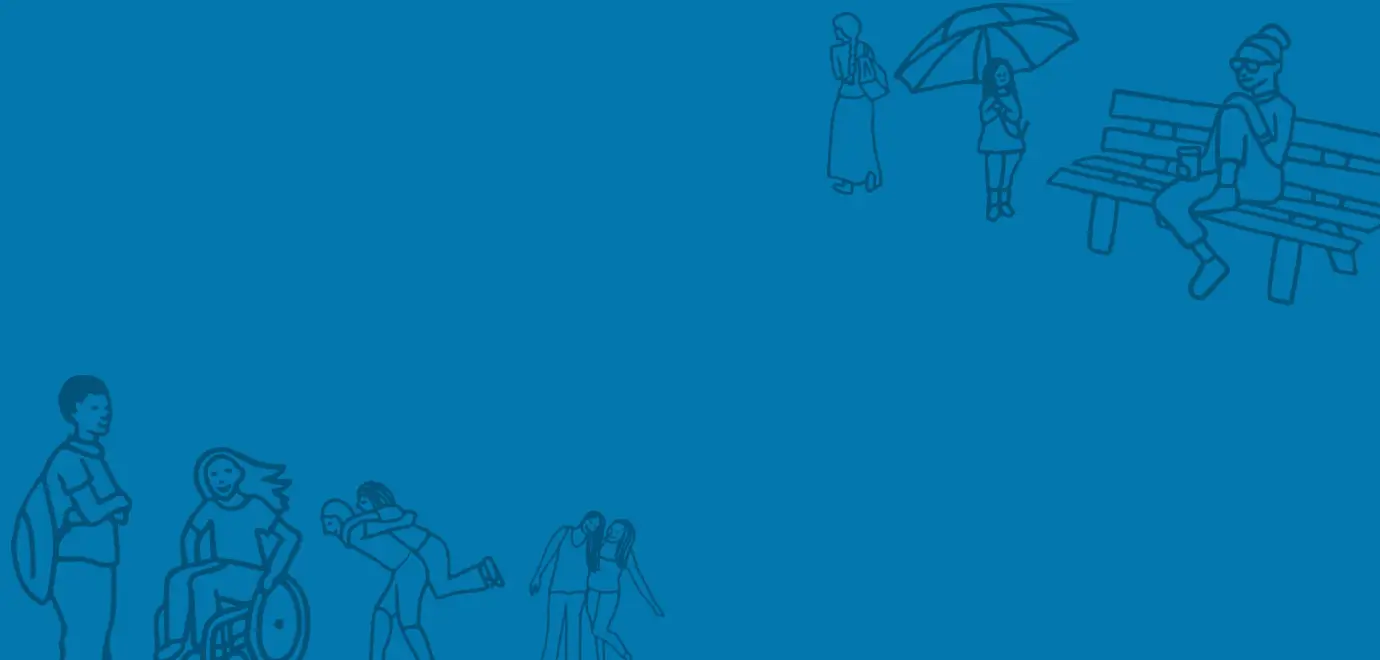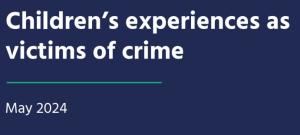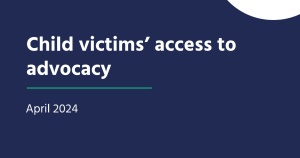In May 2022 I welcomed a Government commission to conduct an Independent Review of family life. In doing so, I set out to demonstrate the immense and protective power of family life on our children and society. I found that families – no matter their size, shape or composition – are fundamental to society and hold the power to protect and to transform children’s lives, both today and in the future.
Throughout the course of the Review, I remained conscious that, as Children’s Commissioner, I hold a special and important responsibility for the rights of children living away from home. I am intent to ensure that these children receive the same profound force of love and protection from a ‘family’, whatever form that may take, as do their peers who are able to live at home. This Annex to Part 2 of the Independent Family Review explores family life from the eyes of the some 490 children in youth custody.
A focus on children in custody
Violence reduction and diversion policies have proved successful in reducing the number of children in custody over the last decade. We should recognise the historically low population of children in custody, about half the size of an average secondary school, as an achievement. We now need to match this with a commensurate programme of reform to the existing youth estate to ensure that every child, no matter their history or circumstance, has a caring place to call home.
I don’t underestimate scale of challenge. The population remaining in youth custody are exceedingly vulnerable and the great majority present with complex and interrelated needs. It is an irrefutable point to argue that each and every child has been failed by at least one agency of the state at some point in their journey to detention. Of pupils who have received a custodial sentence:
- 93% have received support for special educational needs.
- 91% have been persistently absent from school.
- 85% have been eligible for free school meals.
- 53% have had a social worker.
- 26% have been in care.[i]
The children in custody are also not demographically representative, 98% of the children in custody are male and 24% are Black.[ii]
We must also add the fact that recent changes to sentencing guidelines mean that, by and large, only children sentenced for serious and violent crimes end up in custodial detention. As a result, while detention rates for non-violent offences such as robbery have fallen, the concentration of violent offences has steadily increased. Violence against the person offences accounted for two thirds (65%) of the total youth custody population in December 2022.[iii]
Yet, in the interim and as a society, we have failed to rethink and reconfigure custody to meet the needs of today’s cohort. Instead, we have left a high concentration of profoundly complex children, many with troubled and violent histories, in the residual estate. This report focusses predominantly on children in Youth Offending Institutes (YOIs) because this is where over three quarters (77%) are detained.[iv]
The findings of this report
My team conducted a series of visits to the youth custody settings with the intention of understanding family relationships, and how important ties to children’s families and wider support networks are supported by settings. The visits and my statutory data request of all custodial settings in England and Wales reveal the structural barriers which prevent children from maintaining meaningful relationships with their families. I find that almost half of all children in custody (44%) did not receive an in-person visit between October-November 2022. In the same time period, 83% did not receive a video call.
Children whose voices are reflected throughout this report tell us how frequently visits are cancelled and how difficult it is to feel close to family members. One 16-year-old boy told us “I’ve got a very good, supportive family. But they make it so hard”. By ‘they’ he means setting staff whose job it is to care for him; this responsibility should include helping him to maintain supportive family relationships.
Despite the very specific research focus for these visits, my team left with a much broader set of concerns, and a deeply disturbing impression of life in custody. As described in this report, my team observed serious issues including the exceedingly high levels of violence in YOIs and poor retention and morale among staff. My team spoke to children who were locked up for the great majority of the weekend, accessing just 30 minutes outside their cells each day at the weekend. Understandably, boredom and frustration culminated in violence once the boys were finally allowed to socialise.
No boys that my team spoke to in YOIs felt positive about their future; an unsurprising fact, given so few opportunities for meaningful education or training conducive to turning their lives around.
Yet, what is also clear is that it doesn’t have to be this way. I am glad to report that my team also visited smaller settings where children told us they felt safe, calm and cared for. On the weekends that my team visited, the children were engaged in productive and enriching activities, with minimal time spent alone.
The intention of this report
This report sets out findings from my statutory data request on children’s access to family contact in custody and ways in which the service can strengthen and maintain healthy family ties for the children in its care.
This report is also a call to action to my colleagues in the justice, education and welfare sectors to ensure that each child, no matter how complex their journey to this point, is not let down once more by the responsible adults in their life.
Finally, I would like to touch on the fact that the implications of failing youth custody settings are not only tragic for each individual child that spends a portion of their adolescence inside a YOI. The effects will also ricochet through society throughout the lifetime of this cohort of boys. I fear that YOIs are turning out young criminals, hardened from the point at which they entered and with less trust in the state whose job it is to protect them. It is no surprise that, currently, one third (33%) go on to re-offend.[v]
[i] CCo calculations based on Table 4.4.4, Table 4.3.4, Table 4.5.3, Table 4.6.4, Table 1.8.4, Table 1.5.4, Table 1.4.3, Table 1.7.4 from ONS, Education, children’s social care and offending (2022) https://www.gov.uk/government/publications/education-childrens-social-care-and-offending
[ii] CCo calculations based on HM Prison and Probation Service and Youth Custody Service, Youth custody report: December 2022, https://www.gov.uk/government/publications/youth-custody-data.
[iii] Youth Justice Board, 26 January 2023, ‘Youth Justice Statistics: 2021 to 2022’. https://www.gov.uk/government/statistics/youth-justice-statistics-2021-to-2022/youth-justice-statistics-2021-to-2022-accessible-version#main-points. Accessed 29.01.2023.
[iv] HM Prison and Probation Service and Youth Custody Service, Youth custody report: December 2022, https://www.gov.uk/government/publications/youth-custody-data.
[v] Ministry of Justice, ‘Proven reoffending statistics: July to September 2020’, https://www.gov.uk/government/statistics/proven-reoffending-statistics-july-to-september-2020/proven-reoffending-statistics-july-to-september-2020#juvenile-offenders4.





